Barraca Mairal, J. (2018). Aportaciones a una antropología de la unicidad. ¿Qué nos distingue y une a los humanos? [Contributions to an anthropology of uniqueness: what distinguishes and unites human beings?]. (Aquilino Polaino-Lorente)
Resumen
If I had to summarise my praise of this book in just three characteristics, I would simply note the ones that seem most relevant to me: simplicity, brevity, and clarity. This is a very easy to understand text, even for people who are uninitiated in philosophical anthropology, thanks to the simplicity of its language; its brevity makes it possible to read it in just a few hours; and it has clarity in the exposition of the most complicated anthropological content, a virtue attributed to good philosophers. In my view, this work has two dimensions the author abides by and establishes a dialogue between that cut across it throughout its eleven different chapters: the uniqueness of the individual and what unites her with her peers or what distinguishes her from those who are not her peers. This shows the author’s honesty and, at the very least, the praiseworthy skill of being able to find a serendipitous title that does justice to the content as these dimensions are made explicit in the title and subtitle. ,
Many varied and well-structured topics emerge from the question of the human (corporeality, personal love, human relations, language and communication, work, culture, creativity, suffering and happiness) invoking the uniqueness of the individual while simultaneously bringing together and underlining the difference that distinguishes people. In Barraca’s work we see the pedigree of university educators who have given many hours of teaching and whose writing — inevitably — has the ability to make something inherently complex seem simple. ,
This is very welcome, especially at the present time when iconic information is in competition with symbolic information in all settings.Even though the author does not refuse to tackle the most controversial questions about what being human means, the reader feels energised and that she has grown as a person. Perhaps because it helps the reader be aware of how much she can still do in her life, insofar as she is a symbolic, creative, and free universe, responsible for herself and open to interpersonal encounters and to enrichment through giving-accepting. ,
Without trying to be exhaustive in this brief review, I would like to tell any potential readers of some of the subjects in the pages of this book. This choice of subject topics might be somewhat subjective, but it is what has captivated me: nature and culture, person and institutions, individual and society, socialisation and individuality, liberty and obligation, solitude and friendship, vulnerability and yearning to be more and better, contingency and transcendence. Here, of course, the author has not attempted to present a confrontation between these terms but rather to integrate them. The pages of the book do not offer a dialectical exposition where problems are left unresolved and difficulties multiply and cloud the reader’s mind in billows of empty smoke. It is primarily a matter of contributing — as the title states — and not of taking away or, worse, sowing confusion among those who might try to enrich themselves with these contributions. ,
One notable example of what we have just mentioned is what happens with the social metamorphosis of values. Something that is happening suddenly and vertiginously today. It is not a case of values “ceasing to be truly real and objective …. What changes in this case is our perception, a value judgment, regarding a certain good” (p. 101). Clearly, this change affects personal behaviour. Hence the importance of the current cultural relativism. The author also criticises “imposition, syncretism, and cultural integration” that cause and shape mono-cultural homogenisation, until they “eliminate all diversity”. ,
The choice we are instead offered is the enriching equilibrium between the global and the local (global-local), between the universal and the particular (what is shared and what is different or cultural exception), between the close and the distant [because] they are crucial for the human being (p. 110). ,
The reason for this is that the human being is ‘essentially cultural’. Our own nature or way of being is crucial. So, contrasting culture and human nature involves ignoring their intimate connection, their mutual and essential interaction. We are neither culture deprived of nature nor ‘a-cultural’ nature (p. 98). Barraca deals with the fundamental anthropological core, without shying away from the most mysterious and problematic content, such as suffering and death. “The human being,” he writes, knows it is mortal. … Accordingly, the meaning of our mortal being takes on a very profound intensity. This is because death positions us in relation to our own limits, and the limits of a realityThis positive concept of the limit helps expand rationalism. And this is something very positive for the person, without leading to an inane and illusory optimism. ,
This is perhaps why the autor claims that the human being is not so much a being for death as for life, as it is a living being and is made to develop itself, unfold its existence over time. … The knowledge of our innate mortality, experienced through our personal being, is not sterile or absurd, but can instead be fertile (p. 175). ,
On this point, the author takes the perspective of Thomas Mann, whom he cites: “Meditate on death, but be a friend of life”. For those who are perhaps tired of the excessive systematisation and rigidity of textbooks (which follow a strict order, a geometrical tradition), this publication offers an unavoidable and very welcome advantage: an appeal to fluidity and agility. For example, we could note some of the basic concepts that appear and reappear most often in these pages, such as “openness”, “interpersonal relationship” and “culture”. It is not that they appear and disappear from the text like something that simply comes and goes. ,
Concepts emerge and are incorporated with ease when discourse or arguments require it. And the contents are not juxtaposed or added in accordance with a sudden caprice. Without being hidden or lost, they enter or leave as the course of the explanation or argument requires, giving this book freshness and vitality. It has few citations and footnotes, and the ones it does have are very much in line with what is being argued and are necessary or unavoidable. ,
The Dykinson publishing house has produced a well presented text and has chosen ideal typefaces that invite one to read and make this easier. This is a very well prepared work in which it is hard to find any errors or typos, something which is very welcome. ,
In my opinion, this is a great short book, which can offer the reader a great deal and be very personally enriching. ,
Aquilino Polaino-Lorente ■
Citación recomendada | Recommended citation
Polaino-Lorente, A.
(2023)
.
Barraca Mairal, J. (2018). Aportaciones a una antropología de la unicidad. ¿Qué nos distingue y une a los humanos? [Contributions to an anthropology of uniqueness: what distinguishes and unites human beings?]. (Aquilino Polaino-Lorente).
Revista Española de Pedagogía(1).
https://www.revistadepedagogia.org/rep/vol0/iss1/74
Licencia Creative Commons | Creative Commons License
Esta obra está bajo una licencia internacional Creative Commons Atribución-NoComercial 4.0.
This work is licensed under a Creative Commons Attribution-NonCommercial 4.0 International License
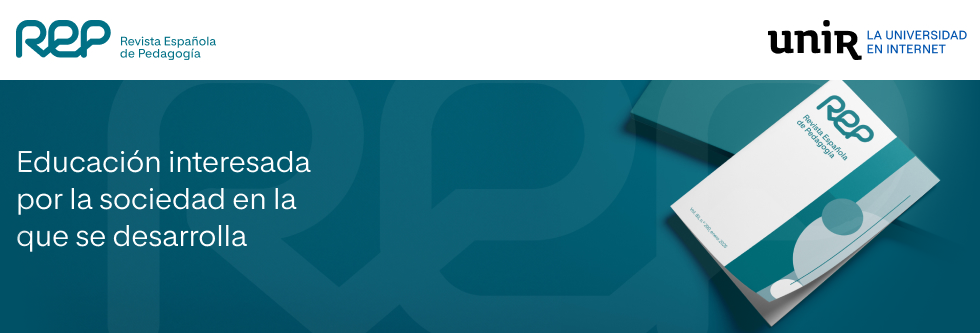



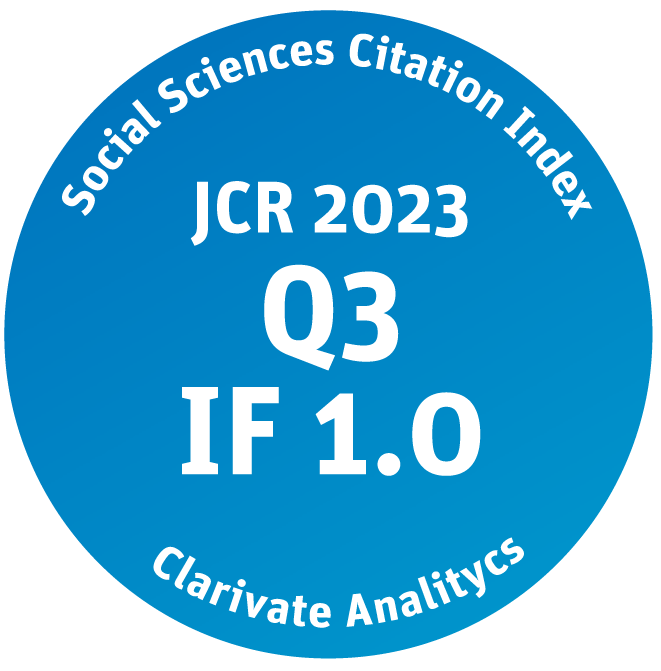
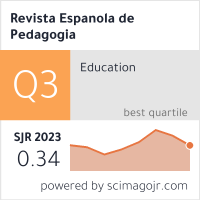
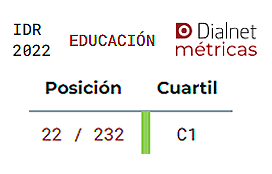
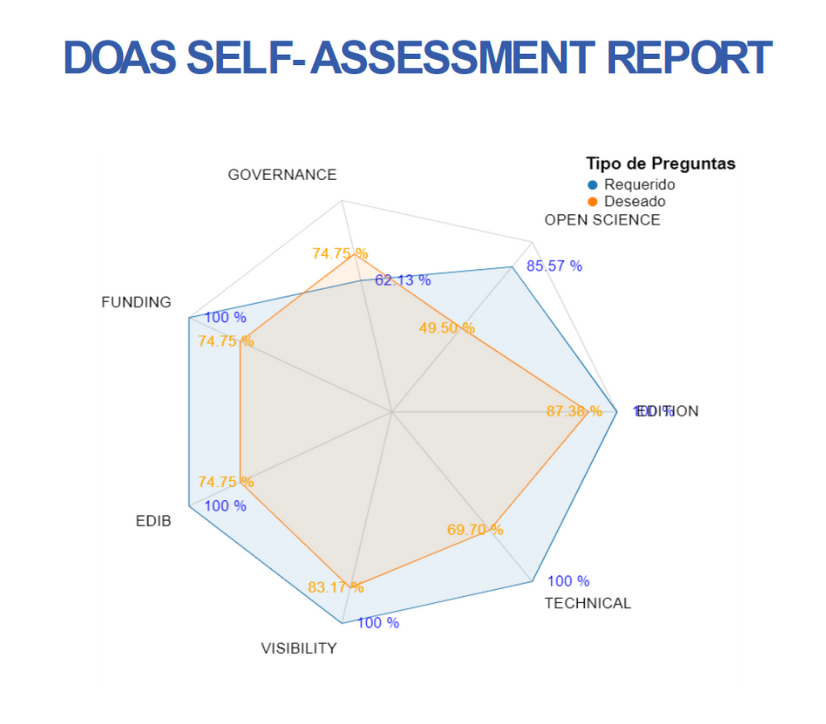

Commentarios | Comments
Barraca Mairal, J. (2018).